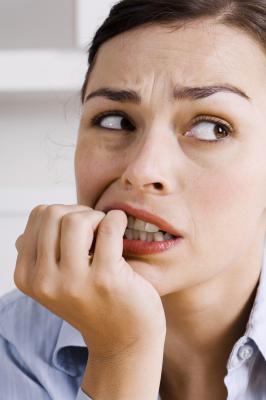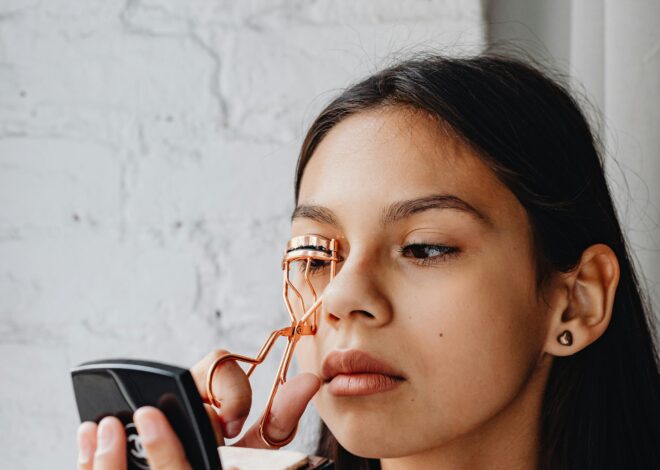Many nail biters are eager to give up their habit so that they, too, can have the beautiful, manicured nails that they admire on the hands of their friends. If you are a chronic nail biter, you need not relegate yourself to a life of carefully hiding your bitten nails. By giving up this nervous habit, you may be able to give your nails a new lease on life.
Nail Biting Prevalence
Nail biting is a common habit, reports WebMD. Nearly half of all children will go through a period of nail biting before they reach 18. For most, the habit will taper off naturally. While some young adults continue the habit, most have quit by the time they turn 30.
Dangers of Nail Biting
While nail biting may seem only an aesthetic problem, this habit can present health risks as well. Not only does constant biting lead to finger irritation, it can also lead to infection. As WebMD reports, nail biters are at an increased risk of infection both on the hands and nails as well as in the mouth, as they frequently put their potentially unclean hands in and around their mouth.
Getting Patient on Board
Nail biting is a habit that can be overcome, but not without dedication to the task. If you attempt to stop someone from biting his nails, you are not likely to have much success. To increase the effectiveness of your efforts, ensure that the nail biter is agreeable.
Nasty Tasting Treatments
One common nail biting treatment involves the placing of tart or bitter liquid on the nails. Liquid of this type is available over-the-counter at many drug stores. Not only does this treatment method stop the biter from nibbling, but it can also help eliminate the habit by creating a mental connection between nail biting and the unpleasant taste. This treatment method is often the method of choice for parents because of its ease of application.
Aversion Therapy
Aversion therapy is another easy-to-implement solution to nail biting. The most common form of aversion therapy consists of placing a simple rubber band around the wrist and snapping it lightly whenever the biter gets the urge to bite. Just as with the taste aversion method of treatment, this form of treatment also creates a connection in the mind between the practice of biting and the unpleasantness associated with the pain of that rubber band snap.





